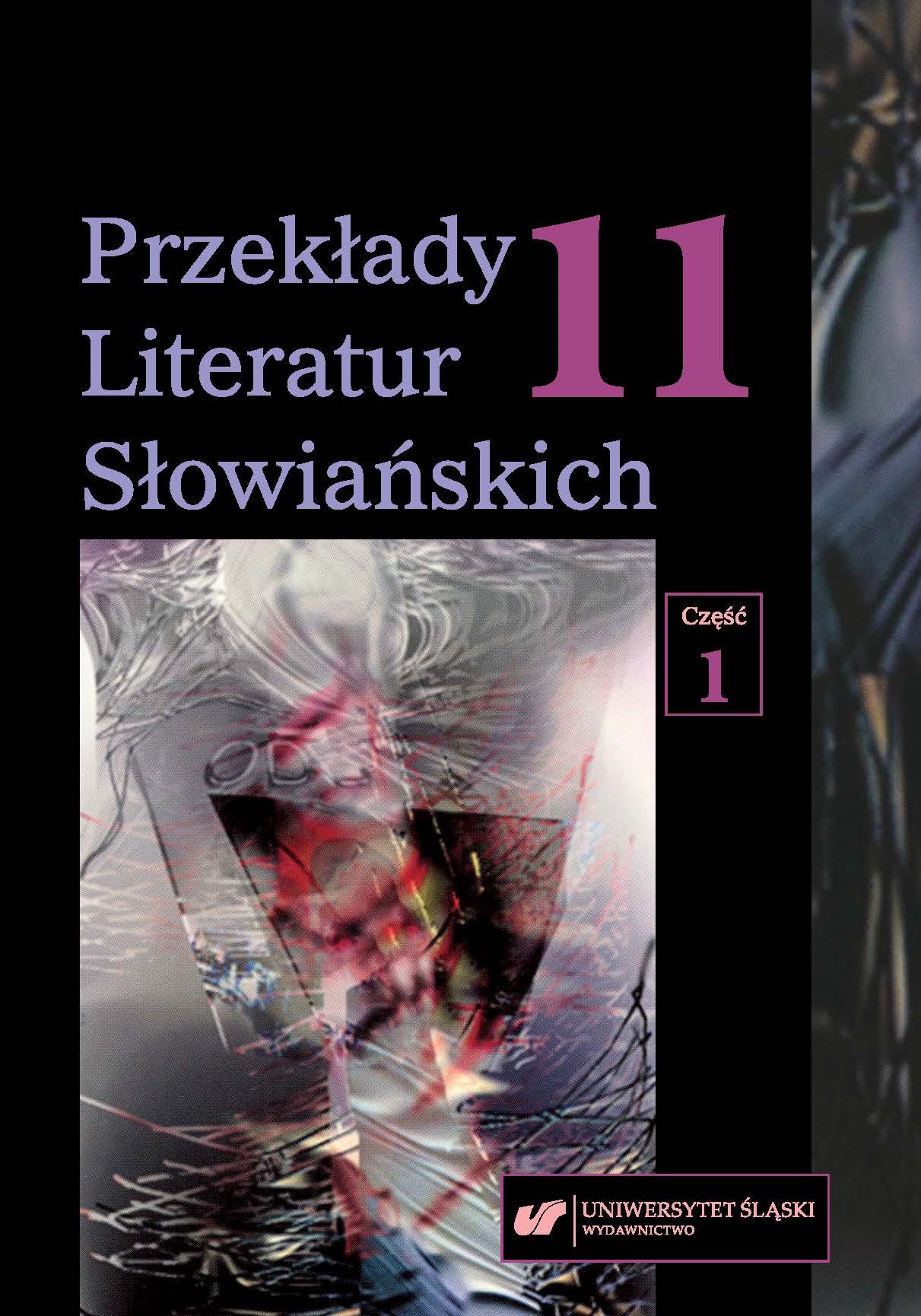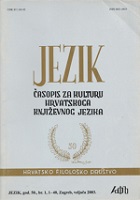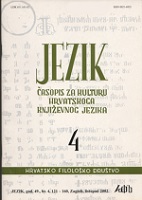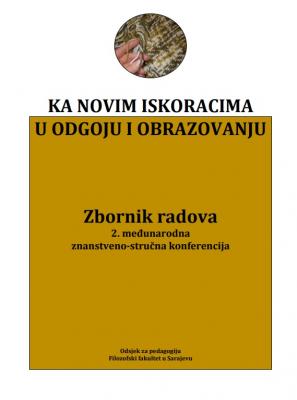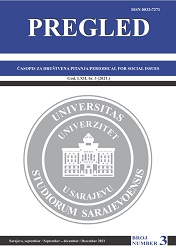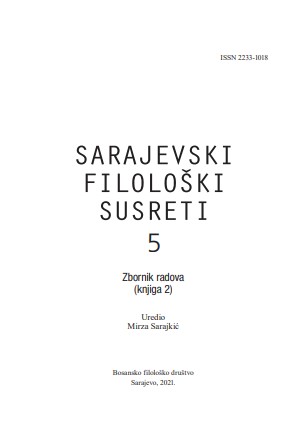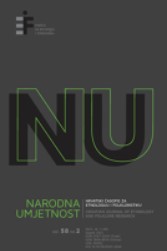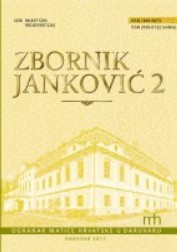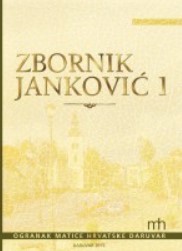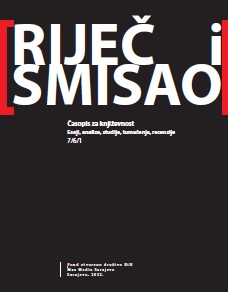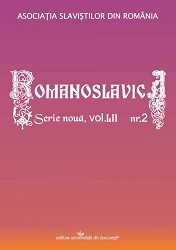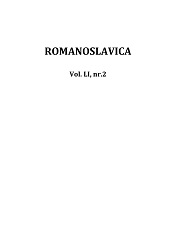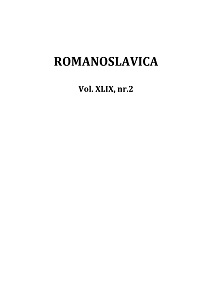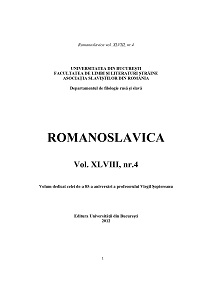Author(s): Dubravka Luić-Vudrag / Language(s): Croatian
Issue: 2/2016
The Kingdom of Romania had recognized the Independent State of Croatia (NDH) already in August 1941. Both countries belonged to the Axis powers and were strengthening their mutual political and cultural relations. The clearest reflection of the Croatian-Romanian cultural relations can be traced through the journal Hrvatska revija (Croatian Review) which published articles on the latest social, cultural and artistic events in Croatia and abroad, and was the central literary journal of the interwar and World War II period in Croatia. It was published monthly by Matica Hrvatska (Central Croatian Cultural and Publishing Society) from 1928 until the fall of the Independent State of Croatia in 1945. The first article related to Romania was published in 1942 Moderna rumunjska umjetnost i Rumunjski krajobrazi (The Romanian Modern Art and the Romanian Landscapes) written by Ernest Bauer, who worked in the Embassy of the Independent State of Croatia in Bucharest. The third volume of Croatian Review, published in 1944, was entirely devoted to Romania. At that time, the Romanians and the Croats had a common goal, the fight against Bolshevik imperialism, and since they were both small nations it was important to know each other well. This volume had brought four novellas and six poems whose authors were Romanian writers: Mihail Eminescu, Ion Luca Caragiale, Octavian Goga, Mihail Sadoveanu, Tudor Arghezi, Ioan Alexandru Bratescu-Voinesti, Nichifor Crainic Victor Papilian, George Bacovia and Lucian Blaga. The articles were about the Romanian theater and art. The volume also brought the text on the literary journal Gandirea, which had dedicated one of its volumes to Croats. The editor, poet Nichifor Crainic presented the concept of the special number that, in a series of interviews with Croatian writers, brought information about their work. The paper will reveal some previously unknown details about the situations and events from the history of the Romanian-Croatian relations during the World War II, which had been recorded on the pages of literary journals. The new findings will help future researchers, authors of comparative literary studies because they will shed some light on the previously unexplored period of Croatian and Romanian cultural history.
More...
